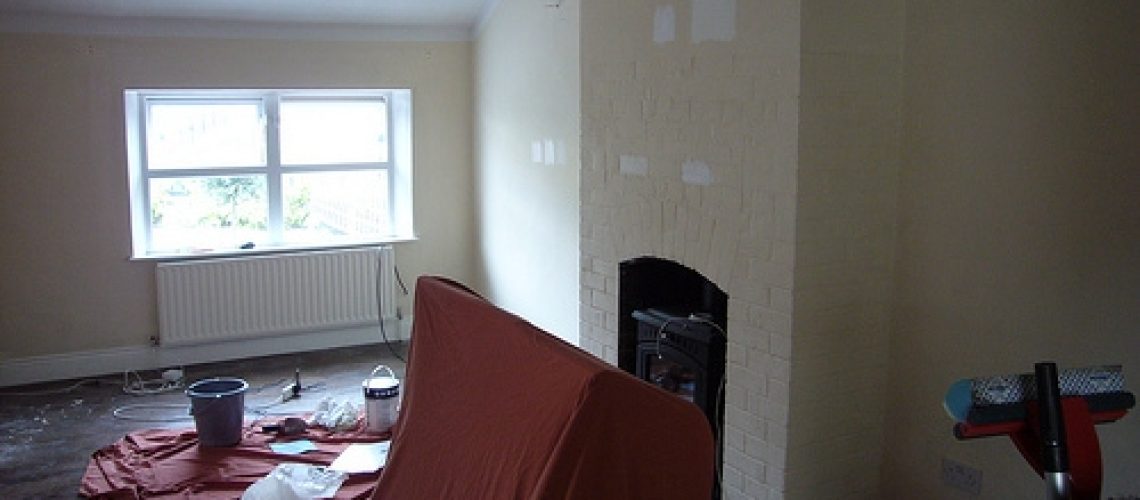There is no denying that most people, including professional painters, prefer summer months to do house painting projects. This is primarily because of the ideal weather condition during this season – less moisture which can make paint adhere better to the surface and higher temperatures which make paint dry faster.
While summer may be the best time to give your walls a fresh coat of paint, this doesn’t mean that you cannot do an interior painting project on other seasons. Fact is, you can paint your home interior walls any time, even in winter! So, you really do not have to wait until summer to get rid of peeling paint in your living room or bedroom.
However, be forewarned, painting during a cold weather is not a walk in the park. The good news is that, painting indoors is less taxing as compared to painting outdoors during winter.
When you are dealing with external walls, you are at the mercy of the weather. You need to check weather forecasts before you can start the project. Ideally, you should have a temperature of 2℃ for at least three days to give you time to apply the paint and time for it to cure. Furthermore, there shouldn’t be any rain.
Meanwhile, when working on interior walls, you do not have to worry about when the ideal temperature would come. This is primarily because of the HVAC system in houses. You can control indoor temperatures, thereby enabling you to paint when you want to.
Additionally, when painting indoors, you do not have to endure the chilly winds. Some may say that this isn’t true since you need to open the windows so toxic paint fumes won’t fill the house. However, you do not have to do this if your home’s ventilation is properly working. Furthermore, there are so-called low VOCs or no VOCs paints. These paints give off less gas or do not give-off gas than traditional paint, making them less hazardous to people’s health.
Another noted benefit of painting during winter is that booking a professional contractor is not that difficult. One reason for this is that not a lot of homeowners schedule a painting project during the cold months. Since it is also considered an off-peak season, professional house painting fees are also lower than the regular season which can mean savings on your part.
If you intend to pursue painting your house on your own, you need to equip yourself with the knowledge, skills and tools needed to make this project successful. For one, you need to have the right materials and tools.
For home interior painting during winter, the type of paint you use can impact the course of the project and its outcome. For the best result, make sure you use a paint that is formulated for cold weather. Also, pick one that has low or no VOCs to minimise or avoid toxic paint fumes.
The type of applicator you use also impacts the quality of the paint job. Since paint tends to become thicker at low temperatures, you must use nylon or polyester brushes because they can handle thicker paints better.
You should have a good understanding of how temperature affects paint. For example, certain paints like the oil-based types become thick or semisolid when temperatures are low. Hence, they may require excessive thinning before you can use it. Meanwhile, if your paint has gone through repeated cycles of freezing and thawing, it may turn lumpy and become unusable.
In addition, when painting indoors, make sure that the ideal temperatures are observed. Humidity level should be low or moderate. Also, you should follow the paint manufacturer’s recommended temperature for the wall and indoor air. Do not neglect these requirements since these can impact the appearance and durability of your paint job.
Need to paint your house interiors during winter? Let our professional residential painters do the job to get an excellent and a long-lasting paint job. Call us at 86 608 1817 / 085 139 0233.
—
Photo by matt hutchinson
